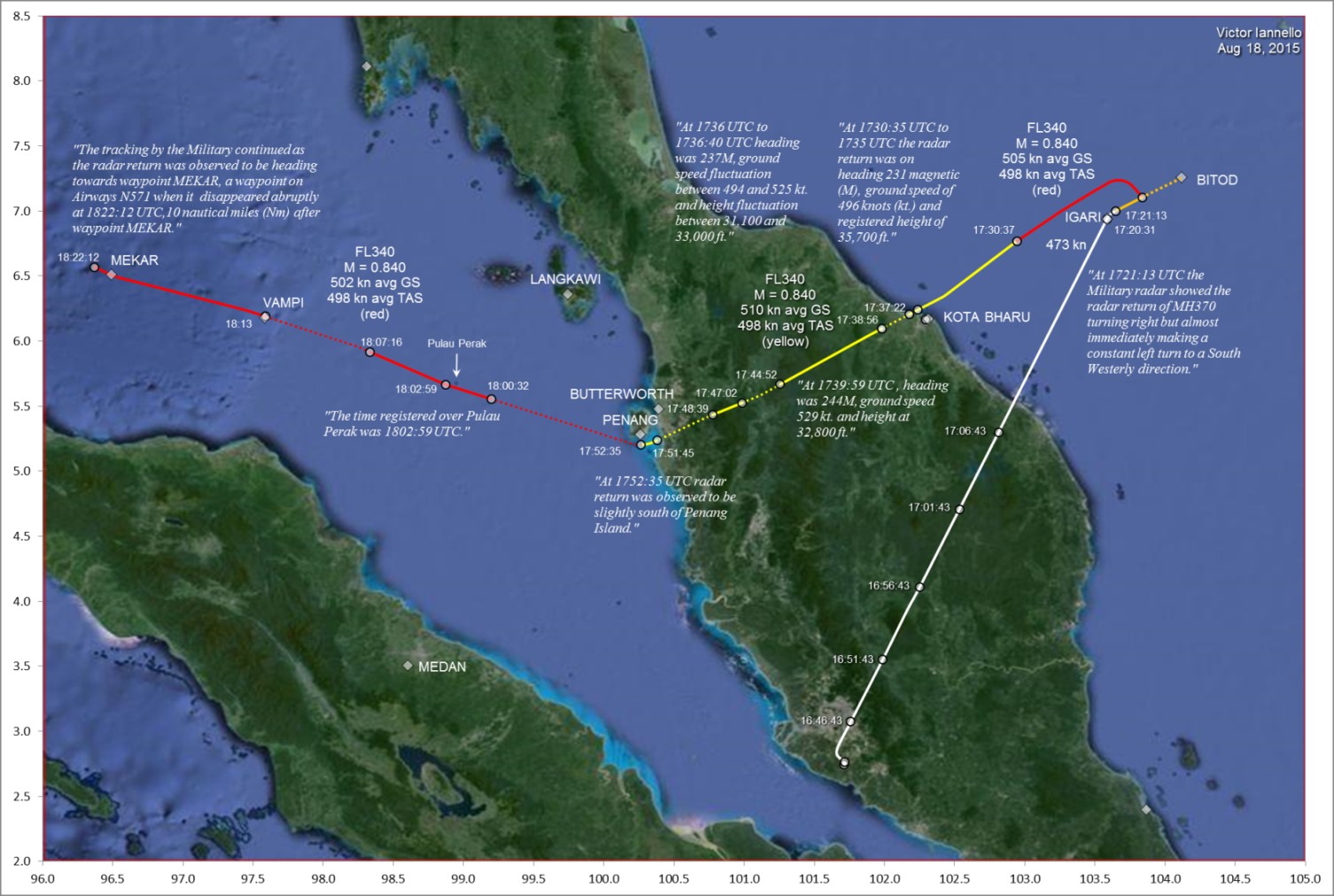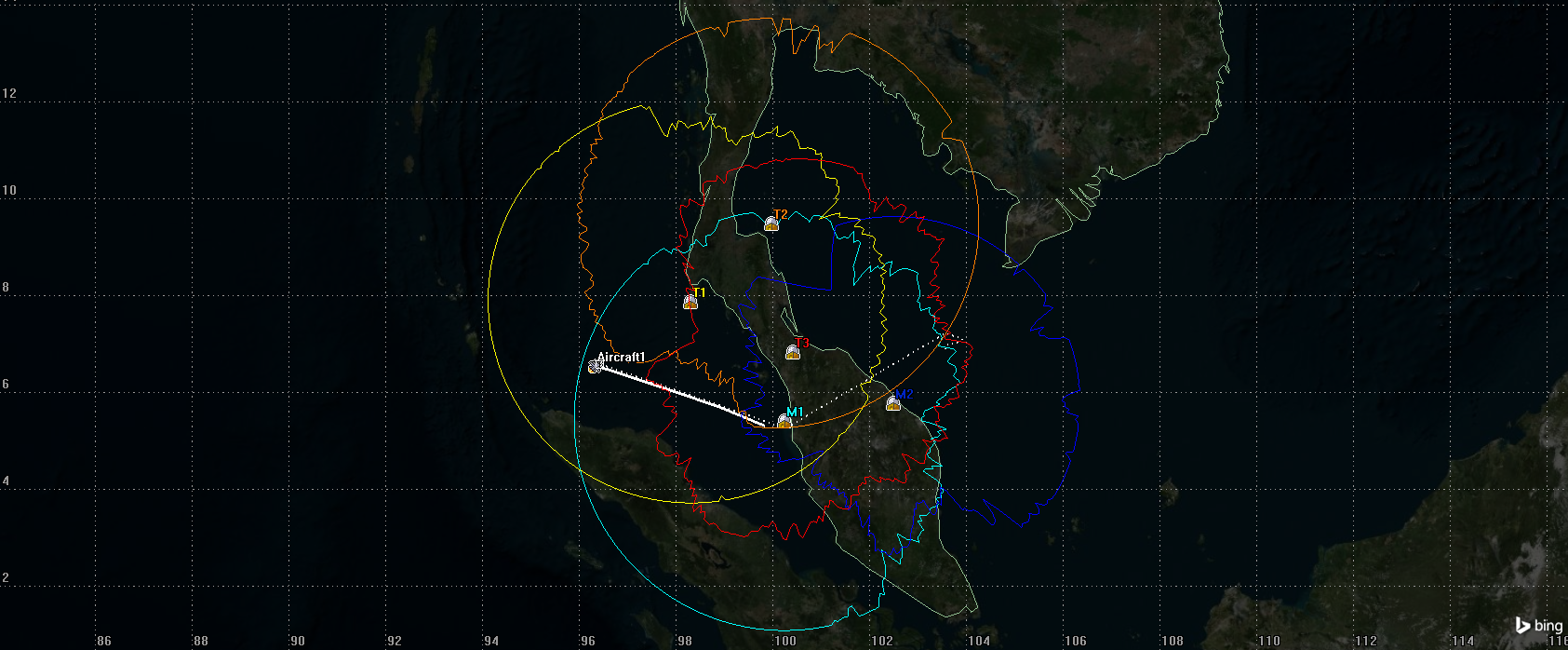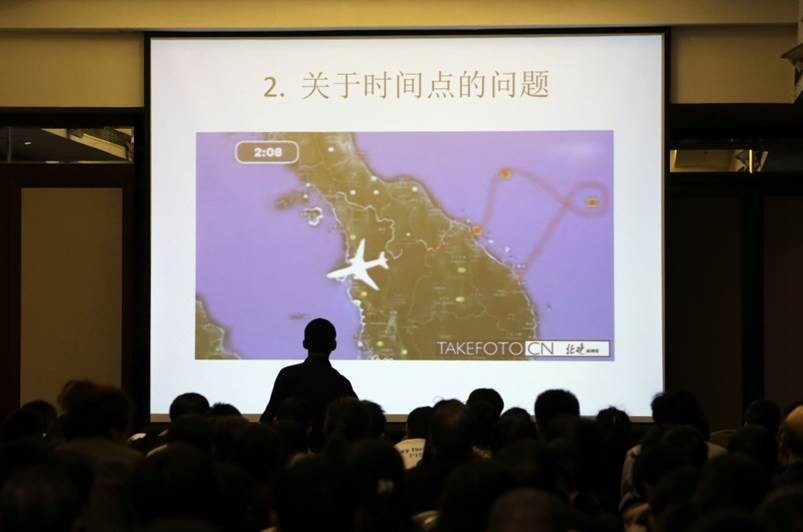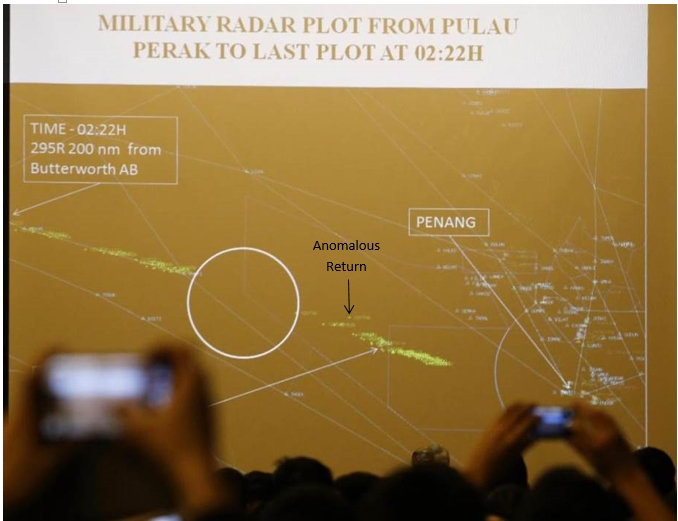The movement of meteor shower radiants over aeons
A PDF (368 kB) of this post can be downloaded by clicking here.
Various email messages have alerted me to some discussion of the Taurid meteor showers here, and of references to what I wrote in my book Rogue Asteroids and Doomsday Comets (Wiley, NYC, 1995). I have no desire to enter into a protracted debate on this – indeed, there is little to debate about – and so here I will just summarize a few pertinent points, whilst trying not to be impertinent and upset people. The reality of the universe, however, is that things are as they are, and not as anyone might wish or imagine.
What I wrote in that book is broadly correct. I used the word “broadly” there not to suggest that anything is wrong, as such, but rather to indicate that readers should recognise that in a popular-level book it is necessary for an author to simplify things somewhat, whereas in a refereed research paper the author(s) must be rigorous in giving the necessary detail. What I am trying to advise here is that if one wants to understand what is going on, a popular-level book is only a starting point: one must go back to the primary literature, and one must have the capability to understand it.
The core subject at hand here is the precessional movement of the Taurid meteoroid stream and therefore the shifts over centuries and millennia of the associated meteor shower radiants, and times of occurrence within a year. There are two types of precession involved: apsidal precession, and nodal precession. In order to explain what is going on, let me start with the Earth (although that involves a third type of precession: the precession of the equinoxes).
The precession of the equinoxes describes the shifting of the vernal equinox, and is due to the torque imposed on our non-spherical planet by the Moon, and the Sun, although there are minor contributions from other planets. This torque causes the spin axis of the Earth to swivel around, or precess. This has the effect of moving the positions of the equinoxes ‘backwards’ along the ecliptic (i.e. opposite in direction to Earth’s orbital path). From antiquity astronomers have termed the direction of the vernal equinox “the first point of Aries”, although that direction is now in Pisces, and in a few centuries’ time it will have shifted into Aquarius. A full rotation of the equinox locations around the ecliptic takes about 26,000 years.
A quite different type of precession is apsidal precession. The line of apsides is the straight line connecting the perihelion and aphelion points of any heliocentric orbit. Gravitational tugs by the planets, in particular Jupiter, cause Earth’s line of apsides to swivel around, completing a circuit of the ecliptic in the ‘forward’ (prograde) sense in about 110,000 years. This is a long interval (i.e. this precession is slow) because Earth’s orbit is low-eccentricity (e = 0.0167 currently), and far from Jupiter.
The above two precessional changes of the Earth are simply described here.
Note that these two precessional effects combined produce a climatic cycle of duration t (the period of rotation of perihelion as referenced against the equinoxes) given by their harmonic sum:
(1/t) = (1/26,000) + (1/110,000) results in t = 21,000 years, this cycle being evidenced in the geological record.
Let us return now to the Taurid meteoroid stream. Its orbit is: (a) larger than Earth’s orbit; (b) of fairly high eccentricity; and (c) of low inclination. A consequence of these considerations is that the apsidal precession rate of that stream, dominated by Jupiter’s influence, is much faster than that of the Earth. Table AI in Asher and Clube (1993) – available for free download here – indicates a rotation interval for the line of apsides of about 7,000 years for orbital elements similar to Comet 2P/Encke (a=2.2 AU, e=0.85) and less still for orbits with larger aphelion distances (taking them nearer to Jupiter). See also Appendix B and Figure A2 in Asher and Clube (1993), in which numerical integrations of characteristic orbits are compared with the results from secular perturbation theory.
I hasten to add that this fundamental understanding is by no means new, and in the case of the Taurids was investigated by Fred Whipple over 75 years ago (see: F.L.Whipple, Proc. Amer. Phil. Soc., 83, 711, 1940). Whipple established that the Taurid stream had to be at least 12,000 years old on the basis of its dynamics. Later researchers including myself have pushed out the necessary timespan to above 18,000 years (e.g. see various papers by Poulat Babadzhanov and colleagues, such as this), and likely 20,000–30,000 years.
The simple reason for this derived timescale is that, during each rotation of the line of apsides, the stream orbit intersects the ecliptic at Earth’s heliocentric distance (near 1 AU) four times: in the pre- and post-perihelion legs of the orbit, at both the ascending and the descending node. As a result, four annual meteor showers may be detected: an optically- and radar-detected pair of showers on the nightside of the Earth (at one time of year), only radar being feasible for the dayside pair (at a different time of year). Let me term this set of four showers a ‘quadruplet’.
One thing that often confuses people is the fact that the orbital inclination of 2P/Encke (almost 12 degrees) is substantially higher than the inclinations of Taurid meteoroids (only a few degrees). This is because, in the phases when Taurid meteoroids have orbital parameters resulting in them crossing the ecliptic near 1 AU (i.e. when collisions with the Earth and therefore observation as meteors are possible), their inclinations are small, whereas currently 2P/Encke is in a high-inclination phase of its evolution. These consistent inclination oscillations over millennia are shown in Figure A2 of Asher and Clube (1993).
An important thing to note is this. During the (say) 7,000 years it takes for a complete revolution of the line of apsides, the stream’s orbital plane also precesses, under gravitational perturbations again dominated by Jupiter. This is called ‘nodal precession’. (One can get some idea about this by looking here, although the examples given there are focussed on the nodal precession of satellites in geocentric orbit, the main cause in that case being Earth’s non-spherical gravitational field.)
The time for a complete rotation of the nodes around the ecliptic for an orbit like 2P/Encke may be obtained again from Table AI in Asher and Clube (1993), the answer being about 55,000 years. That is, in angular terms the nodal precession rate is about eight times slower than the apsidal precession rate (for that particular orbit).
The end result is that each time a rotation of the line of apsides occurs a new quadruplet of showers is formed, but these are separated from the previous quadruplet by about six or seven weeks (one-eighth of a year). Because we identify at least three sets of quadruplets (i.e. twelve distinct showers) we know that the Taurid complex has been developing for at least three times 7,000 years. Tentative identifications of other showers mean that likely the timescale is somewhat over 20,000 years. On these dynamical grounds and other lines of evidence my personal standpoint – always subject to revision in line with newer and better evidence – is that the Taurid Complex has formed in the inner solar system over about the past 30,000 years.
Comet 2P/Encke (around 5 km in size) is often considered the parent of the Taurids, but its present mass is only a tiny fraction (well below 1 per cent) of the overall mass of the complex, to which extent my opinion is that 2P/Encke is simply the largest lump remaining from an original comet 50–100 km in size that has undergone an episodic hierarchical disintegration, spawning a vast complex of material which we are yet to comprehend fully. This is the core subject of a forthcoming review by Napier, Asher, Bailey and Steel (Astronomy & Geophysics, 2015 December).
The next point to which I turn attention is the nature of the Taurid meteor showers’ radiants. Most strong meteor showers have single, compact radiants, and the showers last only a day or so, perhaps a week at most. This is not the case with the Taurids, which have long been recognised to have prolonged activity stretching (for the present nighttime showers) at least from mid-October through to the end of November. In fact, one can make a case for a resumption thereafter into January or February, and also an earlier start.
In essence the Taurids have radiants that are a few degrees north and south of the ecliptic (in fact, arranged close to symmetrically about the orbital plane of Jupiter: remember that it is Jupiter that dominates their orbital evolution) but have a finite spread in ecliptic longitude on any particular night; and the mean radiant shifts along in ecliptic longitude by about a degree from night to night, as is to be expected (because the Earth moves by about a degree each day). Although there are many examples showing this in various papers published over the years, I will refer readers to an older summary, published in 1952: see Figure 1 in this report.
In view of this is would be a mistake to think of the Taurids having a discrete radiant. In any year for any night (or day, for the post-perihelion/daytime showers) one can determine a mean radiant, but that mean radiant moves from night to night, reflecting intersections with Earth by meteoroids which have followed slightly different orbital evolution paths by dint of their specific orbital parameters (again: see Table AI of Asher and Clube (1993)). Distinct initial orbits of the meteoroids result from such considerations as: (i) when they were released from the parent body/bodies; (ii) their velocities relative to the parent; (iii) the peculiarities of their particular evolution (e.g. close approaches to the terrestrial planets); (iv) various other physical effects such as the Poynting-Robertson pseudo-force; and so on.
What this means is that different quadruplets can have overlapping activity, in terms of the times of year in which meteors from different parts of the convoluted stream may be detected. For example, if we keep an assumed eccentricity e=0.85 but increase the semi-major axis to a=2.4 AU, it would take only about 4,000 years for a complete rotation of the line of apsides, so that in terms of precession this slightly-larger orbit would ‘overtake’ that with a=2.2 AU.
Apart from such considerations, the mean radiants for the showers in historical times will have been quite different from what is observed now. As explained above, secular perturbations (dominated by Jupiter) cause steady nodal precession such that in antiquity the showers will have occurred earlier in the year, and accordingly the shower radiants will have been in different locations.
Which locations? The answer is somewhat easy to state. In radar surveys of meteor radiants (and orbits) there are only a few dominant radiant regions recognised, the most prominent being termed the ‘helion’ and ‘anti-helion’ sources; for a recent example, see this paper.
These regions get their names because they are close to the directions of the Sun (on the dayside) and the opposite celestial location to the Sun (on the nightside), due the effect of compounding the Earth’s orbital velocity vector with the velocity vectors of the incoming meteoroids. Therefore, at any time in antiquity the nighttime showers we now associate with the Taurid Complex will have appeared to have been emanating from the direction opposite to the Sun, at whichever time of year they were occurring.
In fact it appears that at least 50 per cent (and perhaps 80 per cent) of the influx of small bodies to the Earth on an annual basis is derived from these helion and anti-helion sources, most of the mass being held in small meteoroids 1 mm and smaller in size.
We have various reasons, though, to think that the distribution of matter in the Taurid streams is by no means uniform and random. This would imply that in various epochs the conditions are achieved whereby meteor storms occur, for relatively brief periods (hours), and continuing for some centuries, but not occurring every year. Such storms may well contain larger objects, of the Tunguska/Chelyabinsk class. The celestial mechanics involved here is rather more complicated than what I have described above in qualitative terms, and so I must leave any explanation aside and merely encourage readers to see the various research papers published over the years by those working in this specific area, starting with Whipple.
An implication of this is that at various times in antiquity there must have been metaphorical fireworks in the sky, and I am confident that such events had a significant effect upon the civilisations existing in such eras. Understanding what they might have experienced, and how they might have interpreted it, is a worthy pursuit. Gaining such an understanding, however, would necessitate first developing a good knowledge of what we already know about the evolution of meteoroid streams and the celestial mechanics involved.
I hope that the above will prove useful to those interested in this area of study. Unfortunately I am pre-occupied with other matters (such as making a living) and so I am unable to provide any further answers to queries. I urge readers not to accept blindly what I have written above, but rather to dig out the vast literature available on this subject written by many excellent researchers over the past several decades: check what I have written, and verify it in primary sources (i.e. refereed research papers).
Duncan Steel
Nelson, New Zealand




